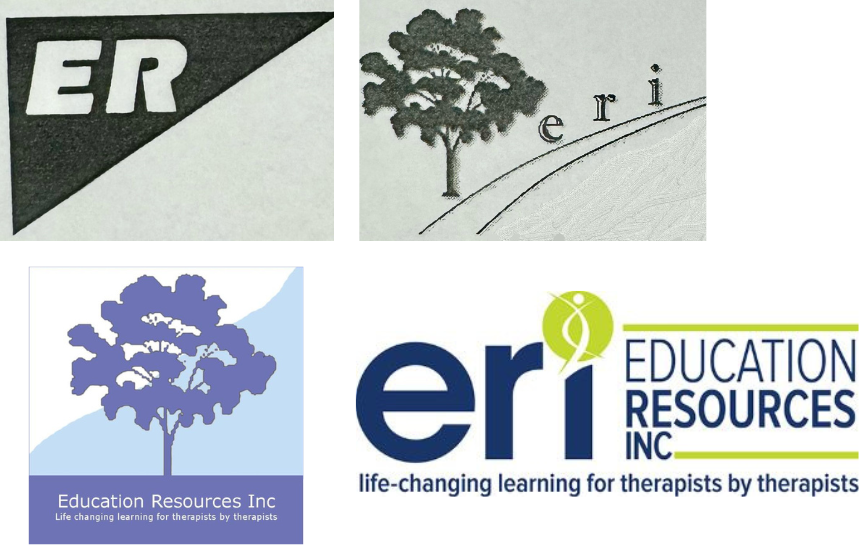 Exciting news! We’re thrilled to offer a brand new on-demand series aimed at the birth to three therapist. Meet more of your babies’ and toddlers’ needs with these multidisciplinary presentations and universal topics with Birth to Three Annual Conference – On-Demand. Earn up to 31 contact hours (3.1 CEUs) upon completing the full conference.
Exciting news! We’re thrilled to offer a brand new on-demand series aimed at the birth to three therapist. Meet more of your babies’ and toddlers’ needs with these multidisciplinary presentations and universal topics with Birth to Three Annual Conference – On-Demand. Earn up to 31 contact hours (3.1 CEUs) upon completing the full conference.
Birth to Three Annual Conference – On-Demand is a collection of 12 sessions recorded at our 2-day virtual conference in April 2024. Whether you attended in April but couldn’t decide between sessions because there were so many great options, or you’re just learning about the conference for the first time, this on-demand offering now gives you a chance to pause, reflect and plan while watching (and re-watching!) this comprehensive birth to three series.
Choose The Series That Works For You
Developed for birth to three OTs, PTs and SLPs, this collection of 12 sessions offers cross-discipline education that gives you the knowledge you need paired with practical interventions you can implement right away. With access to the full conference, you’ll view your clients’ needs through a multidisciplinary lens, with more practical knowledge and strategies to implement across topics like movement, communication, feeding, sleep, and adaptive equipment. There’s something for everyone!
Additionally, you have multiple choices for registration. Register for the full 2-day Conference, just Program A (Day 1) or just Program B (Day 2). Once you purchase, you will have access to the courses and downloadable handouts from our expert instructors for an entire year. Each session within the series can be viewed separately whenever it’s convenient for you! *Please note that individual sessions are not available for purchase.
Early Bird Promotion:
As a special early bird promotion, we’re offering $100 off the Full 2-Day Conference series. Use coupon code BTO3DISCOUNT at checkout by July 16, 2024. Offer only valid for the full 2-day conference and cannot be combined with other offers. Coupon code must be applied at checkout.

The Benefits of Group Learning
Learn as a group and save! Learning with peers can improve collaboration and lead to more thought-provoking discussion of the topics at hand. Below are the group rates and available savings:
- Purchase one 2-Day Conference series for $749 and add up to 9 additional participants [CEU certificates] for $129/person.
- Purchase one Program A (Day 1) for $499 and add up to 9 additional participants [CEU certificates] for $79/person.
- Purchase one Program B (Day 2) for $499 and add up to 9 additional participants [CEU certificates] for $79/person.
*To register your on-demand group, please contact our office at: info@educationresourcesinc.com or call 800-487-6530. Feel free to share this with your colleagues and staff!
Don’t Just Take Our Word For It
With all the positive and glowing feedback from the 500+ attendees of the live virtual conference in April, we’re thrilled to share this on-demand opportunity so that you too can experience all this conference has to offer from the comfort of your home. Here are just a few of the hundreds of testimonials we received:
“Loved Janine Wiskind’s videos and how smoothly she transitioned between reflex integration techniques and paired them all together! Like a beautiful dance of reflex + strength + social engaged play! Wow!”
“Mary Billings was an excellent presenter! She was incredibly knowledgeable and shared so much great information and examples that all of us can bring back to our own practice…I’m leaving this course feeling full of knowledge, ideas, and hope”
“Nicole Archambault’s presentation was super interesting and I learned a lot. I was most looking forward to this session as I have SO many sleep challenges in my practice and it did not disappoint!”
“The topic of ‘Handling for Postural Control’ was very relevant. I loved the videos and the presenters explaining what they were seeing. I really enjoyed the breakdown to each SLP, PT and OT. This was incredibly helpful!”
Earn on-demand CEUs this summer all while building your assessment and intervention repertoire for your young patients and families. If you practice in the birth to three setting, this is definitely a course you don’t want to miss!
Questions or want to register a group? Please contact ERI at info@educationresourcesinc.com or call 800-487-6530.




 Our longest presenting faculty member is Suzanne Davis Bombria who has been teaching with us for over 25 years!
Our longest presenting faculty member is Suzanne Davis Bombria who has been teaching with us for over 25 years! Our Therapies in the School topics have always been timely. For example, in 2004 we had a session on the reauthorization of IDEA so therapists could immediately grasp the impact of the new federal legislation on their practice.
Our Therapies in the School topics have always been timely. For example, in 2004 we had a session on the reauthorization of IDEA so therapists could immediately grasp the impact of the new federal legislation on their practice.
 Over the years, ERI has gone through 4 iterations of its logo. You can see the evolution of the design to what it has become today!
Over the years, ERI has gone through 4 iterations of its logo. You can see the evolution of the design to what it has become today!
 From the earliest days, we’ve been on the front lines of supporting therapists with managing their workloads. The session, Too Many Kids, Too Little Time was back in 2003 and we are still working to support therapists 25 years later! Just last year, we had a session around dosing and difficult conversations and in 2022 there was a session on managing workloads!
From the earliest days, we’ve been on the front lines of supporting therapists with managing their workloads. The session, Too Many Kids, Too Little Time was back in 2003 and we are still working to support therapists 25 years later! Just last year, we had a session around dosing and difficult conversations and in 2022 there was a session on managing workloads! Our Therapies in the School topics have always been timely. In 2004, we had a session on the reauthorization of IDEA so therapists could immediately grasp the impact of the new federal legislation on their practice.
Our Therapies in the School topics have always been timely. In 2004, we had a session on the reauthorization of IDEA so therapists could immediately grasp the impact of the new federal legislation on their practice.
 Everybody knows the benefits yoga can have on your mind and body. ERI has been including a yoga session to kick off Therapies in the School for years now…both at live events and virtually!
Everybody knows the benefits yoga can have on your mind and body. ERI has been including a yoga session to kick off Therapies in the School for years now…both at live events and virtually! Are you a PT?
Are you a PT?  Exciting news! We’re thrilled to offer a brand new on-demand series aimed at the birth to three therapist. Meet more of your babies’ and toddlers’ needs with these multidisciplinary presentations and universal topics with
Exciting news! We’re thrilled to offer a brand new on-demand series aimed at the birth to three therapist. Meet more of your babies’ and toddlers’ needs with these multidisciplinary presentations and universal topics with 